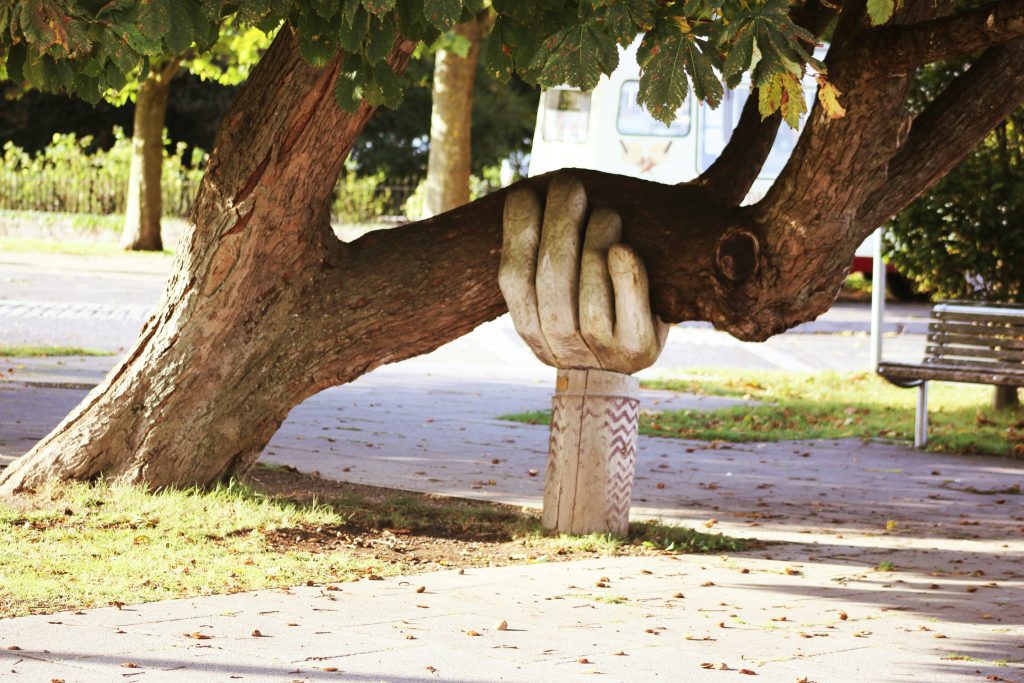Shreya and Rahul are the newest joiners at Craft Enterprises. The team goes for dinner after work at the nearby bar to welcome them. The team is having fun, chatting, eating and drinking.
Priya, one of the younger team members says “Welcome guys! I’m so glad there’s someone else to be the baby of the team now. You know, Rahul just made his first mistake today. He sent out the draft email on the client thread and he was running around like a headless chicken, trying to fix it!”
Quickly, Gaurav, one of the senior members adds “And you know what? I’m so glad we finally have a woman in our team. Also, it doesn’t hurt that Shreya is so beautiful. If only I was single! Anyway, welcome to the team- Shreya and Rahul!”. The team giggles and claps at Gaurav’s comment.
Shreya and Rahul are uncomfortable and smile awkwardly.
The next day, Rahul bumped into Shreya making herself a cup of coffee. When they start talking about the team dinner, Rahul says “I mean, it was embarrassing for me but what Gaurav said was something else altogether!”. Shreya shared how she meant to reach out to the HR Team, letting them know what happened when Rahul said “I get that but I think you should reach out to the PoSH Internal Committee. What he said wasn’t just rude – it was inappropriate”.
You may see an incident of sexual harassment happen in front of you. What do you do in these scenarios?
These situations are where being an active bystander comes into play. A bystander is someone who is present at an event but does not necessarily take part in it. As a bystander, you hold the power to take action and ensure that the inappropriate behaviour does not continue. One way is to also offer support to the person who has been made uncomfortable.
Being an active bystander
When you hear the term bystander, the most common idea that probably comes to mind is someone who is immediately and assertively confronting someone, letting the person who is behaving inappropriately know that such behaviour is inappropriate and not appreciated.
While this may be a very popular image, it can often be unrealistic and even unsafe to confront inappropriate behaviour.
So that raises the question: Is being an active bystander just about immediate confrontation?
Beyond confrontation and timelines
Being an active bystander doesn’t just mean confronting a person’s inappropriate behaviour immediately. It can be difficult, unsafe and sometimes- just not possible. But that doesn’t mean that you cannot play the role of an active bystander.
There are a lot of effective ways to be an active bystander without just intervening immediately.
This can be something as simple as not laughing at an inappropriate joke. This ensures one does not encourage or participate in any behaviour that can be inappropriate or uncomfortable. Laughing or appreciating inappropriate behaviour, in the manner that the team did for Gaurav can make the person being inappropriate feel that it is okay to behave in that way.
In scenarios such as what Shreya and Rahul saw, where an inappropriate comment or conversation is being had, you can also try changing the topic. Another member of the team could have changed the topic to what everyone had done that weekend and talked about a new update or the new movie that had been released that week. These topics are comfortable and can be helpful to prevent the scenario from escalating.
When you are not able to actively intervene, you can document what happened. Note down the when, where and who of the incident, as well as the what happened. These can be very helpful if a written complaint of sexual harassment is filed and an accurate inquiry is conducted.
You can also alert the relevant people regarding the inappropriate behaviour. Reach out to the HR department or the Internal Committee about what happened and they will ensure that they follow up with the complainant.
Providing after-care and support
Beyond sexual harassment and inappropriate behaviour, the complainant can be in a difficult mental space and require support.
As an active bystander, you can follow up on your actions and check in on the person facing sexual harassment. This doesn’t have to be immediate. It can be the next morning, the next day, or a few days later. It doesn’t have to be in person either. A simple message asking how they are feeling or letting them know that you’re happy to listen to them is a great way to follow up too.
Like Rahul did for Shreya, even just recognising behaviour as sexual harassment and letting them know it isn’t just in their head can fill the gap between an incident gone unnoticed and a complaint being filed. When you see inappropriate behaviour, you can also be an active bystander by simply following up.
At this time, you can play the role of an active bystander by:
- Offering empathy and support to people facing sexual harassment
- Encouraging reaching out to the Internal Committee
- Offering assistance to file a complaint with the Internal Committee
Write to us at hello@serein.in to learn more about bystander intervention.


